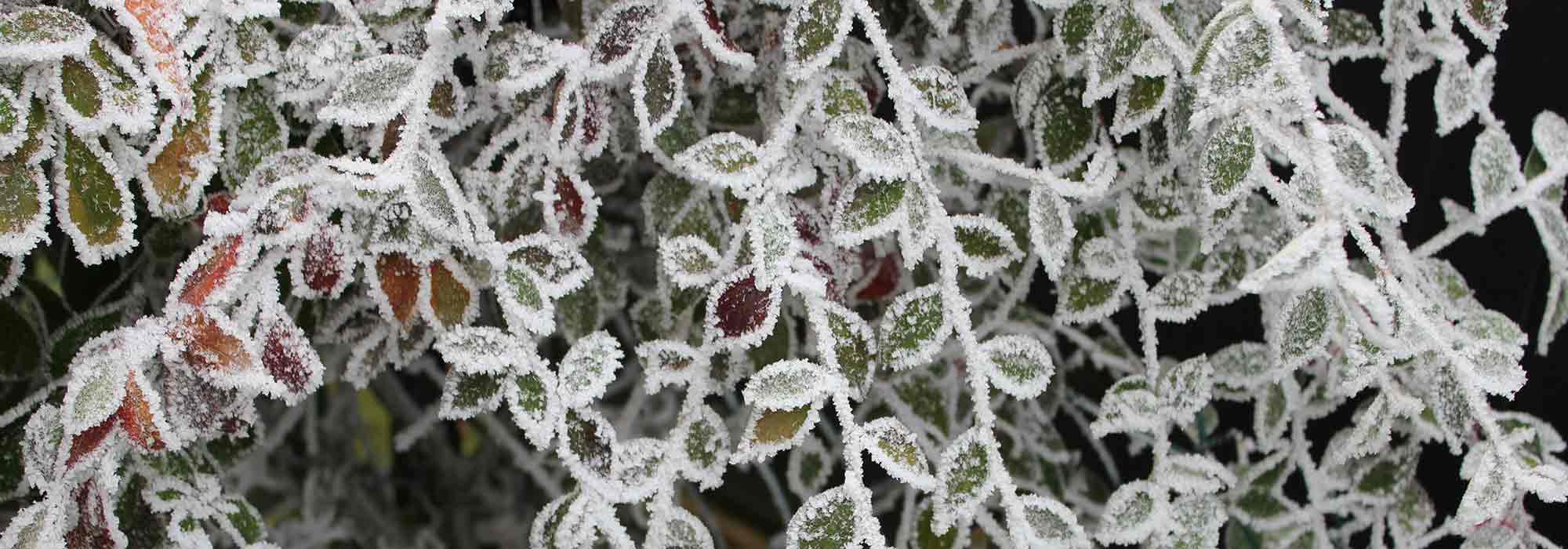
How to improve the hardiness of plants?
Our tips to improve plants' cold resistance
Contents
The choice of plants is so vast that one feels tempted to grow everything in their garden. However, it is essential to check the hardiness of the plants before purchasing them, or you risk losing them. A plant can withstand the cold of your region to varying degrees, so consider its hardiness before acquiring it. You can also make adjustments in your garden to acclimatise more or less hardy plants.
Discover the concept of hardiness and the adjustments to make in order to best acclimatise plants in your garden!
What is hardiness?
This concerns the assessment of a plant’s cold hardiness. It depends on the climate of the region, the physico-chemical characteristics of the soil, exposure, wind, surrounding elements, and the temperatures experienced in winter, with varying durations.
The map of France has been divided into USDA hardiness zones corresponding to average European temperatures. There are 5 in France:
- zone 6: approximate temperatures between -23 and -18°C;
- zone 7: approximate temperatures between -18 and -12°C;
- zone 8: approximate temperatures between -12 and -6.5°C;
- zone 9: approximate temperatures between -6.5 and -1°C;
- zone 10: approximate temperatures between -1 and 4.5°C.
There are, of course, variations depending on your place of residence, which may be sheltered from winds by a hedge or a forest, located in a valley or on a hillside, near a water point, etc.
Before choosing a plant to grow in your garden, it is wise to know its cold hardiness. It will withstand, without winter protection, the temperatures of the zone. If you choose plants that correspond to a more temperate hardiness zone than yours, precautions should be taken to ensure they survive, such as:
- using a winter cover;
- bringing them into a greenhouse or other frost-free shelter;
- mulching the stumps to withstand the cold;
- growing some as annuals and sowing each spring;
- digging them up to replant in pots to avoid them spending the winter in the cold.
See our article: Climate zones and USDA zones in France to help you navigate.
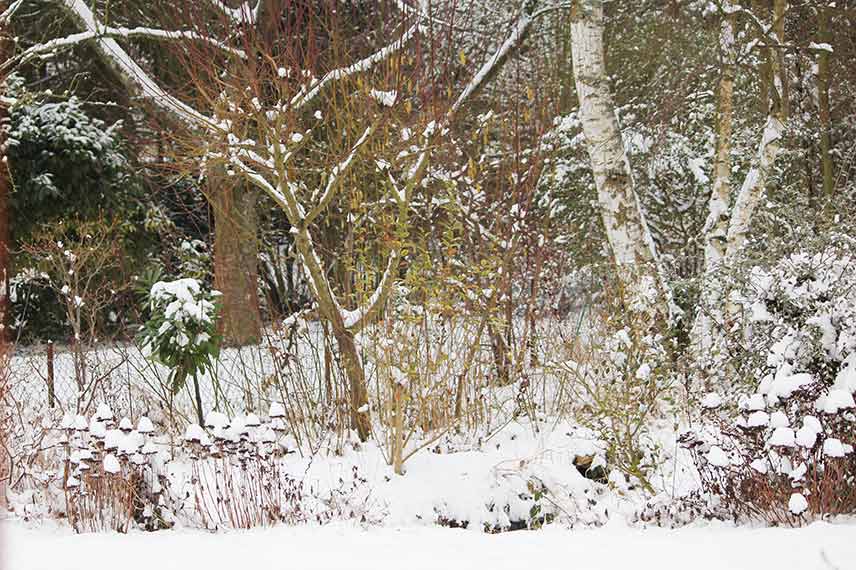
Making the right choice of plants according to your hardiness zone to ensure they withstand cold and snow waves
Read also
Hardy plants and hardinessWhat is meant by a hardy plant?
One can often read on plant labels that they are hardy. What does this mean? It refers to a young plant that can withstand low temperatures, depending on the region in which it is grown. The label often provides this information:
- -15°C for a plant described as very hardy;
- between -10 and -12°C for a hardy plant;
- and below -5°C only for a semi-hardy plant.
Beyond these temperatures, plants risk being damaged by the cold.
Do not confuse perennial and hardy. “perennial” refers to the longevity of a plant, while “hardy” refers to a plant’s ability to withstand negative temperatures.
Discover other Mediterranean perennials
View all →Available in 2 sizes
Available in 3 sizes
Available in 2 sizes
Available in 2 sizes
Available in 2 sizes
Available in 2 sizes
Available in 1 sizes
Available in 1 sizes
Available in 2 sizes
Available in 1 sizes
Drain the soil
At planting time, ensure to place a drainage layer at the bottom of the planting hole to control moisture. This can consist of gravel, clay pebbles, pumice, or terracotta shards. Rainwater or watering will not stagnate, will seep into the soil, and winter frost will have a harder time reaching the roots.
Learn to recognise poorly drained soil and how to resolve this situation by reading the article How can I make my soil more free-draining?
Protect your garden from winds
Hot, dry winds of summer, like the icy winds of winter, can damage the growth of a plant. When planting, consider the location of the young plants and sometimes, it is better to take advantage of the protection of a house wall or a hedge to limit the effects of cold winds.
Discover the article How and why to create a windbreak hedge? to learn all about the topic.
Plant on mounds
Cultivating on mounds is often associated with permaculture, but not exclusively! By layering plant materials to grow bushes, vegetables, herbs, or others, the soil warms up while improving drainage. The sun’s rays are captured not only by the top of the mound but also by its sides. This warming of the soil allows for earlier sowing and planting. Rainwater or irrigation is better drained as it flows directly to the roots of the plants.
This mound cultivation thus provides the opportunity to grow more or less hardy plants (just be sure to respect your hardiness zone).
Plant hedges
In addition to delineating and enclosing a plot from neighbouring properties to remain shielded from prying eyes, evergreen bushes, whether flowering or not, tend to create a microclimate and prevent the drying out of plants by playing their role as a windbreak. Indeed, they form barriers against hot or cold winds. They also provide significant shade during periods of intense heat. Whether simple or mixed, the hedge regulates climatic fluctuations throughout the seasons.
The hedge will also help reduce soil evaporation and increase winter temperatures by 1 to 2 °C, depending on the region. By planting oleasters (Elaeagnus ebbingei), cotoneasters, Canadian thujas (Thuja occidentalis), Photinias, barberries (Berberis), spindle trees (Euonymus), privets (Ligustrum vulgare), and many other species in hedges, you will create a cocoon to cultivate plants that are not always recommended for your hardiness zone.
Plant trees
As with bush hedges, choose leafy tree varieties to filter wind, rain, and thin hail 365 days a year and protect the plants below from late spring frost. The trees will encourage temperature variations in the garden, thereby increasing the earliness of the plants to grow. Nearby plants will transpire less, breathe better, and remain in good shape. In addition to ornamental trees, consider fruit trees that will have the same benefits on the hardiness of surrounding plants and will provide you with abundant and tasty harvests. It is advisable to choose varieties suited to your local conditions, such as:
- hardy trees like the honey locust (Gleditsia triacanthos f. inermis ‘Ruby Lace’), common hornbeam ‘Rockhampton Red’ (Carpinus betulus ‘Rockhampton Red’), or the variegated holly (Ilex aquifolium ‘Argenteomarginata’);
- palms to plant throughout France, such as the Chinese windmill palm (Trachycarpus fortunei) which withstands temperatures down to -18°C, or the dwarf palm (Chamaerops humilis), hardy down to -10°C;
- exotic but hardy fruit trees to grow in all corners of France, such as the Mayberry (Lonicera kamtschatica), hardy down to -40°C, or the Brazilian guava (Feijoa sellowiana) which tolerates temperatures down to -12°C.
To go further
- Did you enjoy this article? Discover more on the subject in our advice sheet: How to determine the hardiness of a plant?
- Subscribe!
- Contents
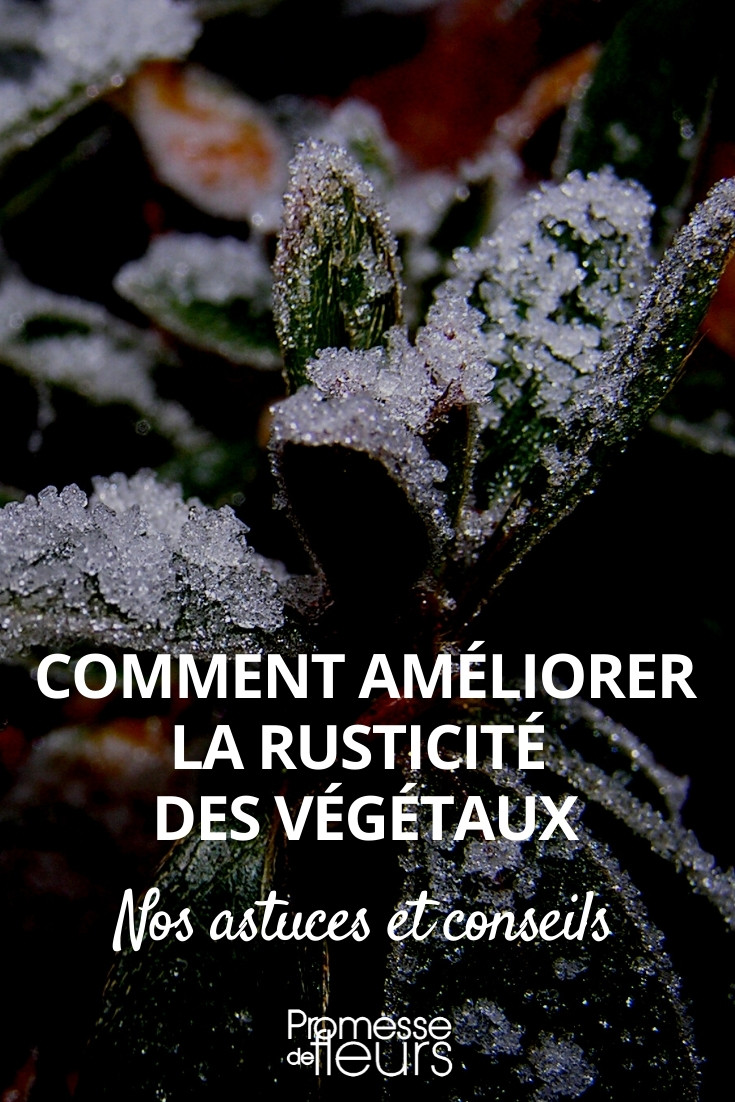































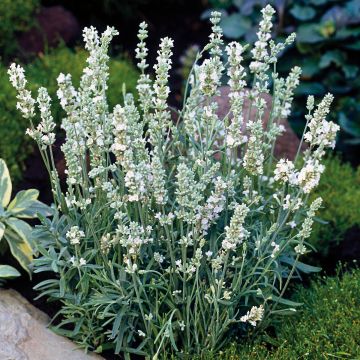
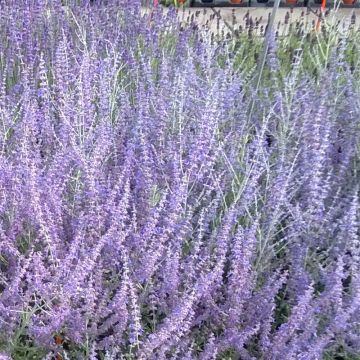
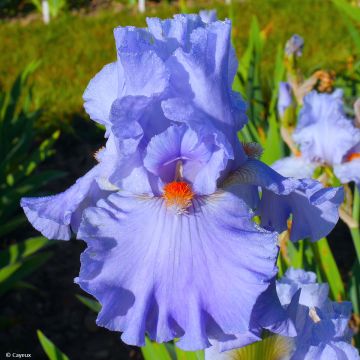
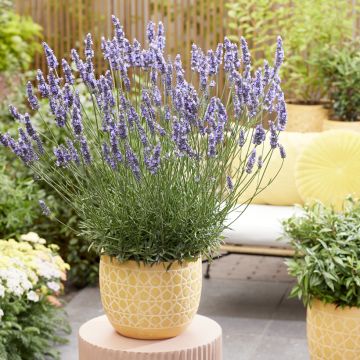
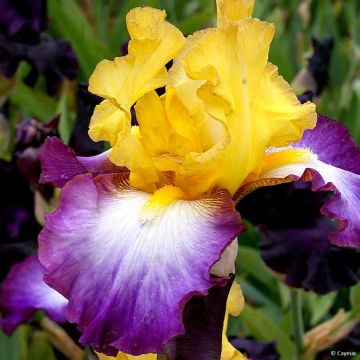
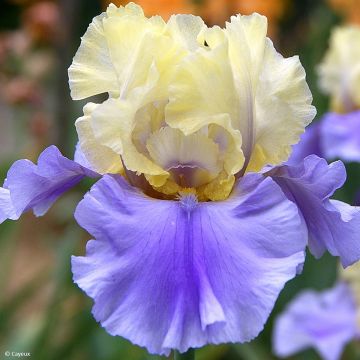
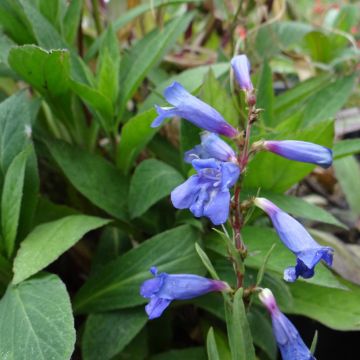
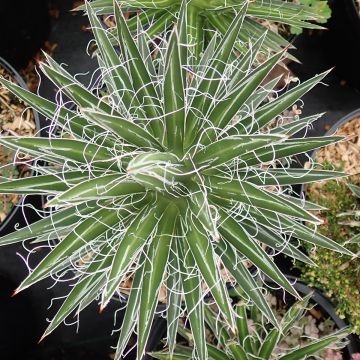
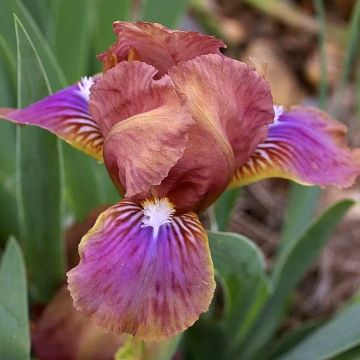
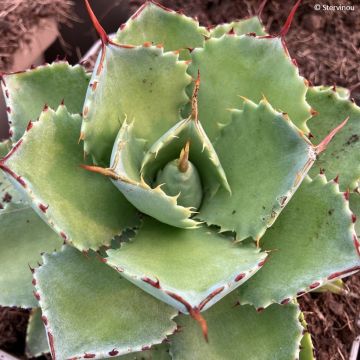
Comments